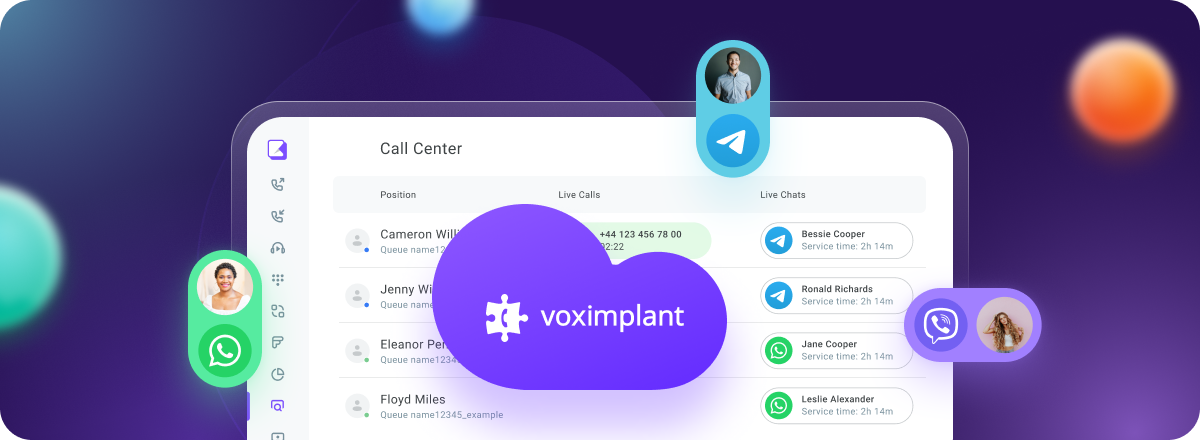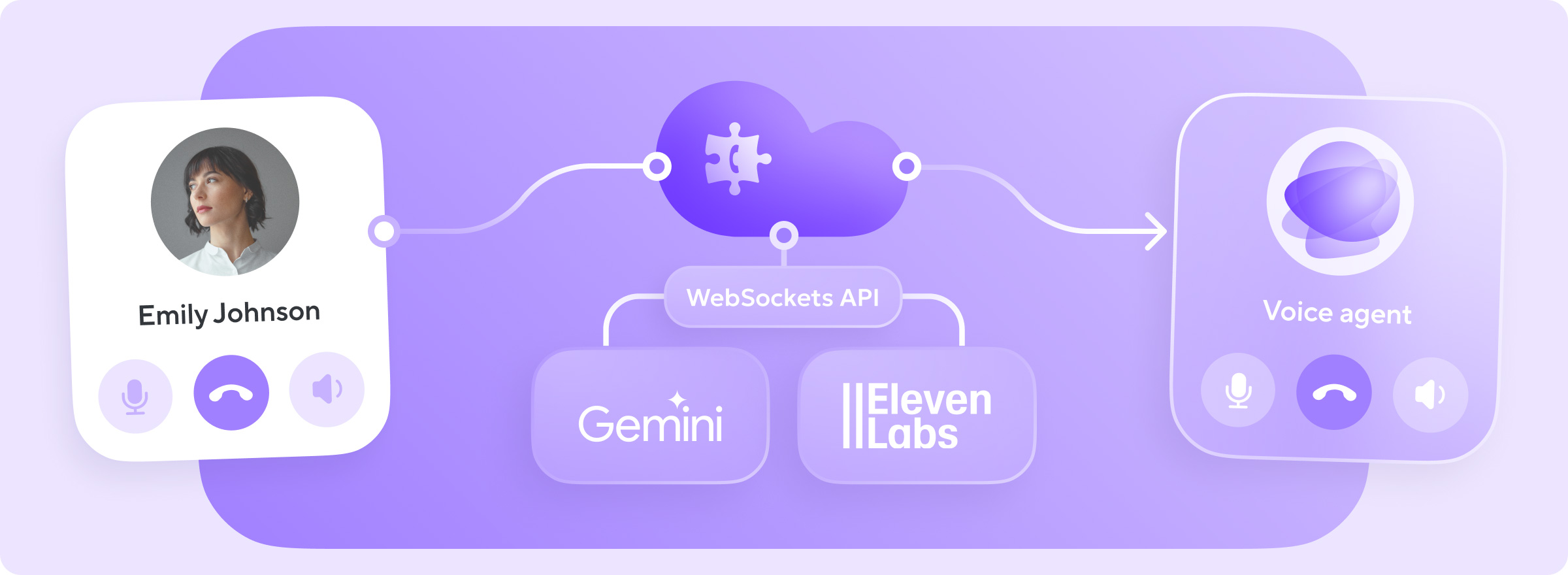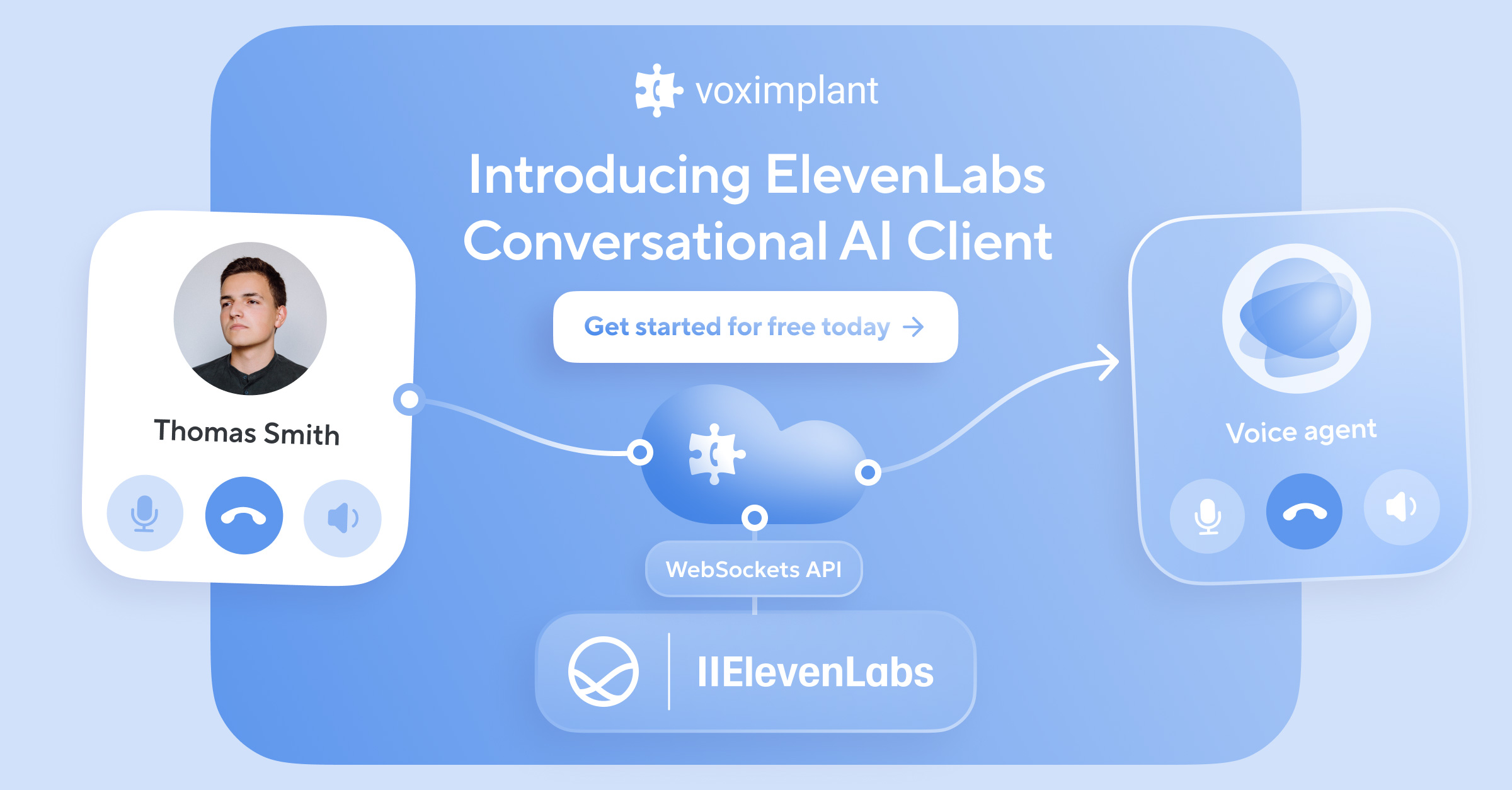We live in a digital world where we shop online for clothes, food, homes, and even doctors and blind dates. Everything is instant - you just need to type in a word and start searching. It couldn’t be easier, especially considering we don’t even need a laptop. We grab our phones, or maybe even our watches, and seconds later we're confirming a purchase.
It is also second nature to connect instantly and constantly with friends, family, colleagues wherever they are via call, text, email, FaceTime, WhatsApp, Facebook, Instagram. Technology makes it simple and seamless to connect to the world whenever you want. So, why should it be different to connect to a company or a business?
It can be so frustrating for customers who are used to instant and seamless communication to be restricted to contacting companies only at certain times and on particular channels. Even when customers are able to connect with a company, it's not always productive. After visiting a website in search of help, they might start off with a voice or chat bot and respond to a list of set questions. When that bot can’t help, they might be transferred to a human who asks the same questions they just answered. And this is a big problem. In our personal lives, we can send images while we text and talk, and even participate in multi person video conversations from the same device. Why is customer service so different?
Why does it matter?
Customer experience (CX) is more important than ever. A smooth and efficient online customer experience is not a nice to have for businesses today. It is a must. In fact, the Global State of Customer Experience report states that “three-quarters of consumers switch to a brand competitor after just one bad experience,” underscoring that the CX you deliver is critical to success.
Organizations that fail to keep up with customers’ increasingly high expectations risk damaging their overall customer experience and losing return business in the process. At a time when customer acquisition costs are rising, retention is key and an excellent online customer experience can help to retain customers. In fact, 91% of those polled by Salesforce said that they're more likely to make a repeat purchase after a positive experience. Additionally, further research has shown that increasing retention by 5% has been found to boost profits by up to 95% so it is worth putting in the work to make that happen.
We don’t want this to sound like an insurmountable challenge. In fact, this is an exciting opportunity. Companies that adapt and evolve along with these social and technological advances have a massive opportunity to offer their customers exceptional service and support which means they can build loyalty, cultivate trust, and ultimately drive sales and revenues.
Here are some things you should consider:
1. Omnichannel is not the same as multi channel
- Companies that offer multichannel customer service offer customers the option to interact via more than one channel but probably not all channels. For example, customers can connect via phone and email, and maybe text, but probably not via social media, video or chat. On the back end, this means that service agents are siloed into specific groups that manage each channel’s interactions. Or, if they can work across all channels, it is likely that they use multiple interfaces to find important information such as customer history, lifetime value and previous transactions. This process is slow, complex and inefficient which ultimately means that customers end up dissatisfied facing long hold times, having to repeat their information, multiple transfers and frequently unresolved issues.
- This is not what people expect. They want to communicate with companies the way they communicate with friends and family: easy, on any channel (or every channel) and as fast as possible. This is why omnichannel, rather than multichannel, matters.
2. Omnichannel should be seamless
- Organizations that approach customer conversations which take place in multiple digital channels should endeavour to do so to provide a single unified customer journey. From a customer perspective, they expect speed, convenience, reliability and transparency.
- On the business side, the key here is to connect the dots across channels and departments. So customer history and data is shared across sales, or marketing and customer services. This gives businesses a holistic view of each customer, enabling someone to reach out using their favorite social media channel, for example, and continue discussing that same issue at a later time over live chat on the company website — without having to explain their situation over again or repeat important details.
- While this is nothing new, more and more companies will move to this approach as they see opportunity to maximize revenue, reduce costs, and deliver a better customer experience.
3. Create awesome Self service experiences
- Research has found that of 81% of customers attempt to self-serve before reaching out to a customer service agent. Today’s customers want to seek answers and solutions on their own. Self-service tools, such as knowledge bases, web, chat, or voice assistants have enabled users to do this more easily than ever, with the virtual agent being a favored method of contact.
- AI & NLP power virtual agents that can be used to offer exceptional self-service options. Virtual agents use conversational AI speech technologies to understand customer intent, sentiments, and key entities to retrieve information and automatically perform transactional tasks to provide customers with a more natural self-service journey.
- Capabilities include:
- Contextual service. Virtual agents can access information, such as type of customer, previous purchases, past interactions, and more to contextualize the conversation for a personalized experience
- Conversational experience. Using natural language processing (NLP), virtual agents understand the context of a customer query and can respond in a conversational manner via voice or chat channels.
Intent discovery. Virtual agents guide the conversation to discern customer intent to quickly and accurately execute the best problem-solving options. - Provide information. By identifying customer intent, the virtual agent retrieves information from various systems like the CRM or a knowledge base.
- There are emany benefits and opportunities from leveraging advanced intelligent features.
4. Further augment your capabilities with AI
- The concept of Artificial Intelligence and omnichannel contact centers together can completely change the customer service game. Above and beyond virtual assistants, it enables hyper-personalization of customer experiences driven by deep data analysis, and it also enables businesses to increase their reach and decrease resolution times.
- For instance:
- Intelligent call routing - The most frustrating thing for customers calling contact centers is to be on hold for a long time as their call is transferred from one department to another in order to find the right agent. AI and Machine learning along with Natural Language Processing (NLP) can be used to analyze what customers say exactly and route them to the right agent, or by simply providing them with the information they are looking for automatically.
- Automation of routine tasks - Contact center agents can greatly benefit from the AI tools that can optimize the key performance of day-to-day operations. A chat or voice bot could be used to share responses to basic or frequently asked questions, freeing up agency time to handle more complicated tasks leading to happier customers and less overworked employees. Contact centers leaders can therefore better plan their hiring and staffing of contact centers, driving cost efficiencies for the business.
There is obviously a lot to consider when creating an omnichannel customer service experience. The good news is that there are plenty of tools to help you get started. There are communications platforms with which you can fully build and customize the process, pre-built solutions with components to help you get up and running sooner, and even AI tools that make it easier than ever to tap into the capabilities of AI & NLP.
At Voximplant, we have helped thousands of businesses to create rich and impactful omnichannel customer service experiences. If you need some help to get started, get in touch!





